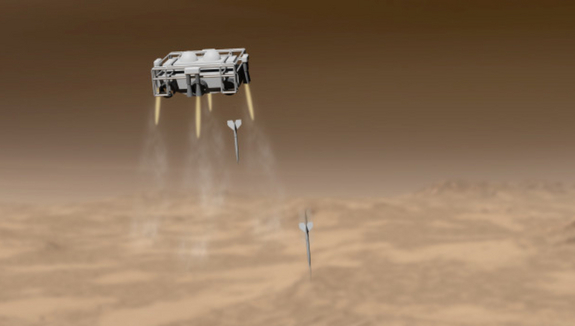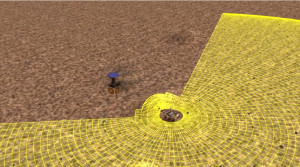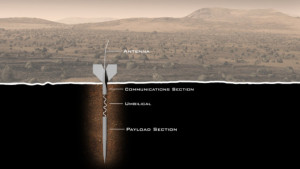The history of Mars exploration has produced sometimes outlandish concepts for exploring the red planet. While the spacecraft that have actually visited the surface of Mars have been either landers or rovers, let’s take a look at some recent examples of out-of-the-box Martian thinking:
This concept utilizes a small drone helicopter to scout the geography ahead of a rover base station. This would dramatically improve a rover’s ability to negotiate the terrain on Mars, as it wouldn’t have to wait for mission planners to obtain satellite imagery and choose the best path from comparitively low-resolution maps.
NASA’s Jet Propulsion Laboratory developed this technology as a proof-of-concept, and could be further developed for missions in the 2020s and 2030s.
The Mars Balloon concept has several advantages over traditional rovers and orbiters: balloons can fly much closer to the surface than satellites, can travel orders of magnitude faster than rovers, and can carry other vehicles for deployment along the balloon’s flight path.
Regular aircraft could have problems flying in Mars’ low-density atmosphere, but balloons have been flying in Earth’s comparable stratosphere for nearly 100 years already.
ExoLance is a concept designed to search for subterranean life on Mars through the use of penetrating probes. The idea was first explored in the Deep Space 2 mission to Mars in the 1990s, but a mission failure prevented the penetrators from reaching the surface.
The ExoLance concept requires no propulsion or other complex systems to operate, as the penetrators can be deployed during the entry, descent, and landing (EDL) phase of missions. They can also be small enough to be a secondary payload for another Mars mission, potentially increasing the value and science returns dramatically.




